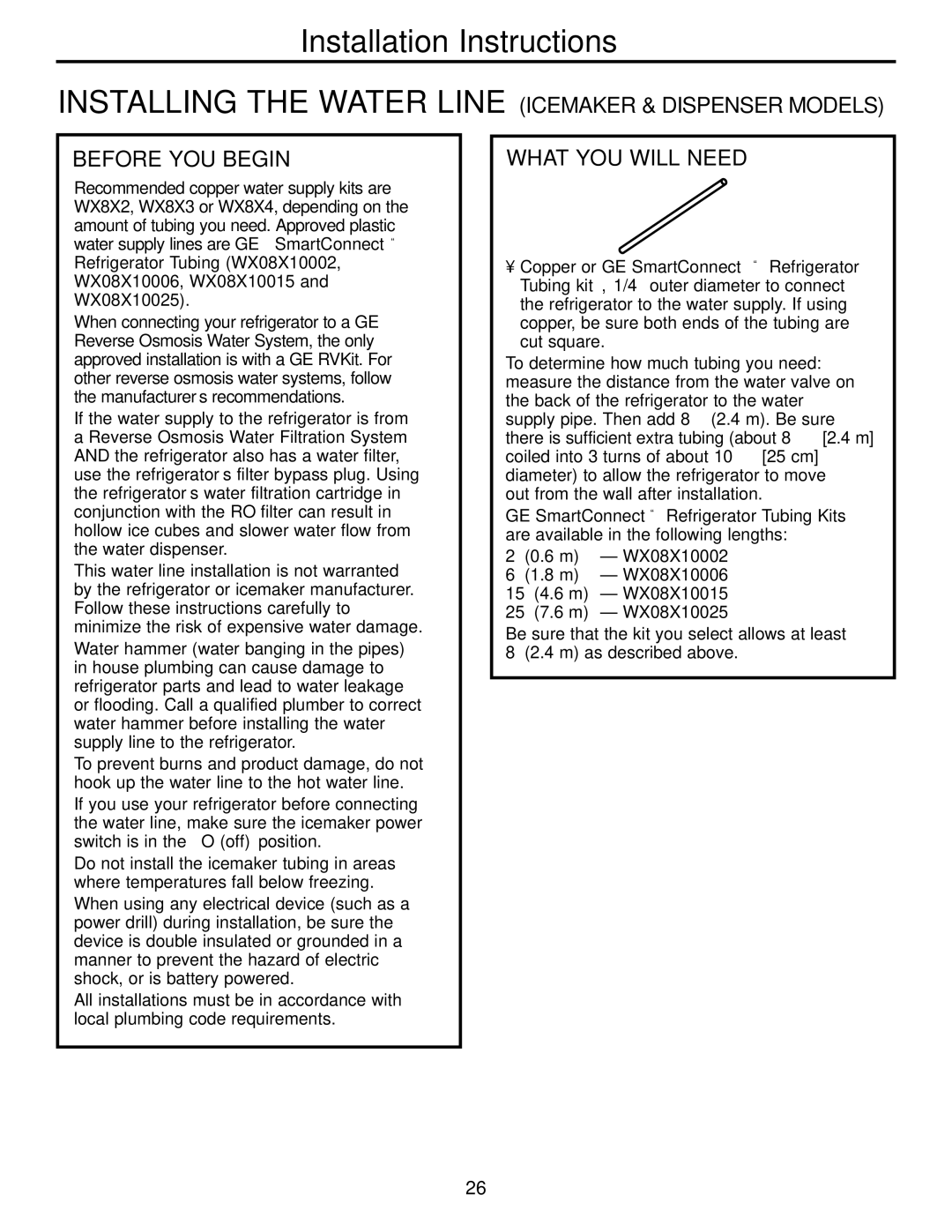MODELS 23 AND 25 specifications
General Electric (GE) has long been a prominent name in the industrial world, particularly in the aviation and power generation sectors. Among its notable innovations are the GE Models 23 and 25, which have made significant contributions to engineering and technology.The GE Model 23, launched in the early 1960s, was primarily designed for use in the aviation industry. This model is recognized for its robust design and reliable performance. Engineered with advanced materials for its time, the Model 23 utilized high-strength steel and lightweight aluminum alloys to reduce its overall weight while maintaining structural integrity. This focus on weight reduction allowed for improved fuel efficiency in aircraft utilizing this model.
One of the standout features of the GE Model 23 is its advanced turbofan engine technology, which is characterized by its quiet operation and high thrust capabilities. The model was notable for its bypass ratio, allowing it to deliver optimal performance with lower fuel consumption. This efficiency made it a popular choice among commercial airlines, as it contributed to lower operational costs.
The GE Model 25 followed shortly after and is often regarded as a more advanced iteration of the Model 23. Incorporating lessons learned from its predecessor, the Model 25 features improvements in aerodynamics and thermal efficiency. One of its key characteristics is its high bypass turbofan design, which enhances thrust while reducing noise levels even further.
The Model 25 also integrates cutting-edge digital engine control systems, allowing for precise management of engine performance. This technology not only optimizes fuel efficiency but also enhances the overall reliability of the engine under various operating conditions. Additionally, the use of composite materials in the fan blades of the Model 25 reduces weight and further improves efficiency.
Both models are equipped with advanced diagnostics and monitoring features, enabling engineers to assess engine health in real-time and preemptively address any potential issues. This has paved the way for improved maintenance routines and reduced downtime in aircraft operations.
In summary, the GE Models 23 and 25 epitomize GE's commitment to innovation, performance, and efficiency. With features that have significantly influenced the aviation industry, they have set a high standard for future developments in engine technology. Their advanced design and focus on sustainability continue to inspire new generations of engineers and manufacturers around the globe.

